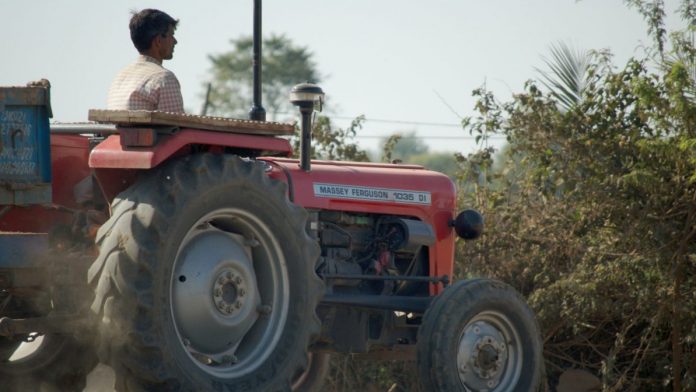- In 2018-19, just 12% of the 33.6 million farmers who were growing wheat availed of the government’s MSP
Take wheat, one of the two most grown crops in India. In 2018-19, just 12% of the 33.6 million farmers who were growing wheat availed of the government’s MSP (see chart 1). The rest were sold in mandis, whose access was usually controlled by middlemen and where market prices are often below government MSPs.
We looked at January 2019 mandi data for cereals to assess if market prices were above MSP, which is one indication that a state support price mechanism is working. Of the 3,355 markets across India reporting wholesale transaction data on commodities on Agmarknet, a central government web portal, 1,374 markets, or 41%, reported below-MSP prices for cereals at various points in January.

MSP is failing farmers at several levels. The first issue is in its definition itself. In order to calculate MSP, the government uses ‘A2+FL’ cost, or the actual paid out cost and the imputed value of family labour. The criticism of ‘A2+FL’ is that it doesn’t cover all costs, and that a more representative measure is ‘C2’, which also includes imputed rent and interest on owned land and capital.
For example, in the 2017-18 rabi season, CACP data shows that C2 for wheat was 54% higher than ‘A2+FL’.
The second issue with MSP is its failure to maintain the base price line in the open market. In those 19,872 Agmarknet transactions for cereals in January, the markdown to MSP varied across crops: The lowest were barley ( ₹147 per quintal) and maize ( ₹180), while the highest were jowar ( ₹617), ragi ( ₹527) and wheat ( ₹505).
The markdown to MSP also varied across states: The lowest was West Bengal ( ₹183 per quintal) and the highest was Chhattisgarh ( ₹415). The last rabi season—the produce entered the market in April to June 2018—saw mandis reporting market prices below MSPs on 99% days in Uttar Pradesh, 84% in Rajasthan and 69% days in Madhya Pradesh.
For cereal transactions in January on Agmarknet, the markdown to MSP also varied across transaction sizes, which is some measure of the scale of operations of the selling farmer. The smaller the selling lot, the greater the mark down to the MSP (see chart 2). In other words, it’s the small and marginal farmer who bears the brunt.
howindialives.com is a database and search engine for public data

About the author